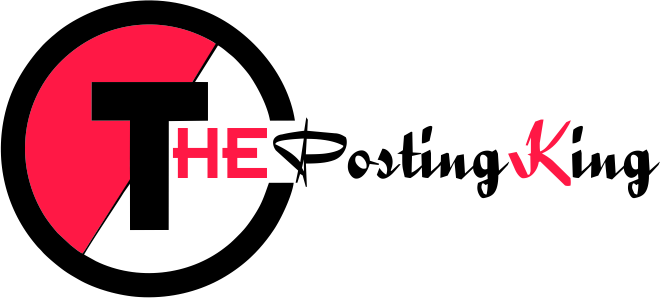Canonical Tags : SEO is essential to thrive and succeed in today’s fiercely competitive digital marketplace. They provide recommendations for technological modifications that can help rank a website, and one of these is canonicalization.
When many URLs lead to the same page or content, a canonical tag ensures that search engines give the page or content with the preferred URL preference. Google provides instructions for websites on keeping their URL structure basic. When many URLs go to the same page, Google needs help locating the right match for a search. This creates duplicate content. Specifying a single canonical URL makes it easier for search engines to index and reference your site. This is why it’s critical to canonicalize your URLs as part of your SEO strategy in SEO Sydney.
What are canonical tags?
The canonical tag is a piece of HTML code that tells a search engine which version of a page is authoritative in the event of duplicate or nearly identical material. Because of this, search engine results may properly attribute authority to the most relevant website.
What is a canonical domain?
If you syndicate information to other websites, you should pay special attention to canonical tags. To avoid having Google mark your content as duplicate because your guest posted it on another site, use a cross-domain canonical tag to indicate where the information was originally published to search engines.
For what reasons are canonical tags crucial to good search engine optimization?
Canonicalization is a vital part of On-Page SEO optimization that any SEO business or individual should perform. Let’s explore why canonical tags matter so much in search engine optimization.
Helps keep the price of crawling down:
You may tell Google which version of the page to index and rank by using the canonical tag. The spider that visits your site will appreciate the time savings. Crawlers, often known as web spiders, are not required to re-crawl pages that have been canonicalized. The web spider will be able to allocate its limited crawling resources more effectively, allowing it to access other equally crucial URLs and content on your site.
Distribution of Link Popularity Effectively:
You use canonical tags guaranteeing that the relevant page receives the link value. Google shares the link love fairly between pages that contain similar content. Using the canonical tag, you can direct Google’s attention and search engine rankings to whichever page you like. Then, Google only considers the primary page and its links, disregarding the duplicates. This guarantees that the link value on your site is distributed fairly.
Increases the visibility of relevant URLs in search results:
Canonical tags are a must-have for relevant URLs to rank for search terms. There should always be one URL of your website vying for the same period on search engine results pages (SERPs). You can circumvent this problem by utilizing the rel=canonical attribute. Ensure the canonical tag in your HTML code points to the URL you want Google to use.
The use of canonical tags simplifies Google’s task:
It’s a hassle for Google to crawl a large website with many URLs. Google will have difficulty crawling and indexing these URLs due to duplicate pages and multiple variants of the same page. However, damage will be done to your website. So, it would help if you defined suitable canonical tags on all the sites to make Google’s life easier. This ensures that the proper sites are crawled and indexed by Google.
Mistakes Often Made in Using Canonical Tags:
If you don’t follow Google’s guidelines for canonicalization, the search engine might as well dismiss all of your hard work.
URLs Should Not Be Relative:
Only part of the path is required when using a relative URL, such as /blog/article-name.
Make sure everything is exact, such as the whole web URL, or search engines may need clarification. Still, it’s better to err on caution than failure.
Choose the Right Domain Name Version Carefully:
Make sure your tags begin with https://, as this protocol must be used for all secure websites (https://yourdomain.com/page/). In addition, you can decide if you want Web access. Prefix it with something or leave it alone.
Avoid using all capital letters and mixed case:
Make sure that all of your canonical URLs are written in lowercase. Don’t try to force things to fit your brand’s image. Because of this, it’s universally accepted that all file names, etc., should be rather straightforward.
Canonical tags should only be used once per page.
Having two or more canonical tags on a page can confuse Google, leading to one or both of them being disregarded.
Never send a canonical URL to a dead end:
Canonical links should not be set to pages that don’t exist, which insults the user’s intelligence. Instead of helping, the canonical tag will lead the Google bot to a useless 404 page.
Conclusion:
Regarding on-site SEO, the canonical tag is a must-have piece of code. Many times, Google has reiterated its support for canonical tags across all pages. However, it would help if you did everything in your power to prevent the use of duplicate content on your websites. Yet we acknowledge that this can sometimes be challenging for particularly huge websites.



